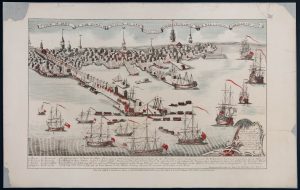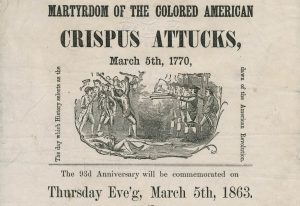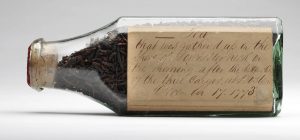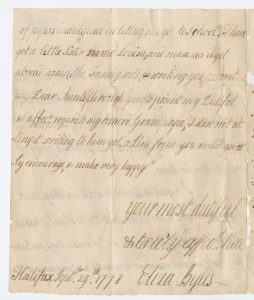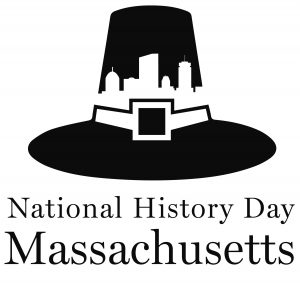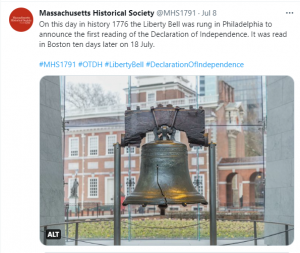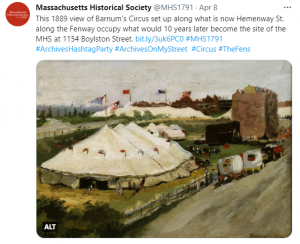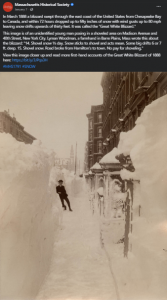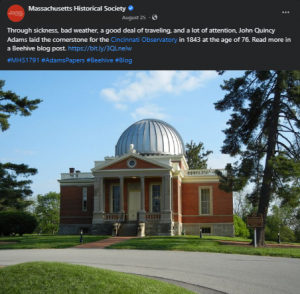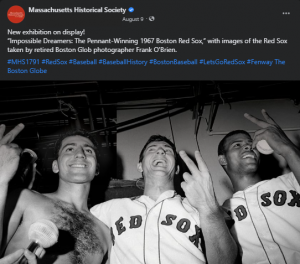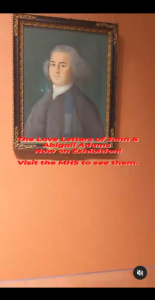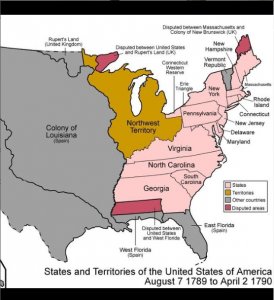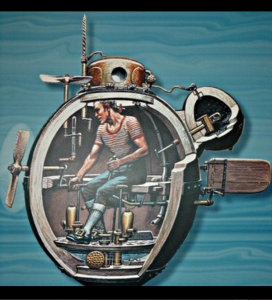by Neal Millikan, Series Editor for Digital Editions, The Adams Papers
The 15,000+ page diary kept by John Quincy Adams from 1779 to 1848 is now fully accessible online as the John Quincy Adams Digital Diary. A publication of the Adams Papers Editorial Project at the MHS, the Digital Diary is also one of four founding member projects of the Primary Source Cooperative, a collaborative digital editions publishing platform hosted by the Society.
The Digital Diary is presented as verified transcriptions paired with manuscript images of related entries. Biographical and historical context is supplied through essays on the major personal and professional divisions of Adams’s life, and people and historical topics are also identified for each date entry. Through the project’s participation in the Primary Source Cooperative, advanced federated search features allow users to track individuals or subjects both within and across the Cooperative editions.
John Quincy Adams often kept multiple versions of his diary, and the Digital Diary provides transcriptions of the entries in each of his 51 diary volumes. These include his “Rubbish,” almanac, and line-a-day diaries. The edition also integrates Adams’s earliest diaries, which were previously published in two letterpress volumes by the Adams Papers.
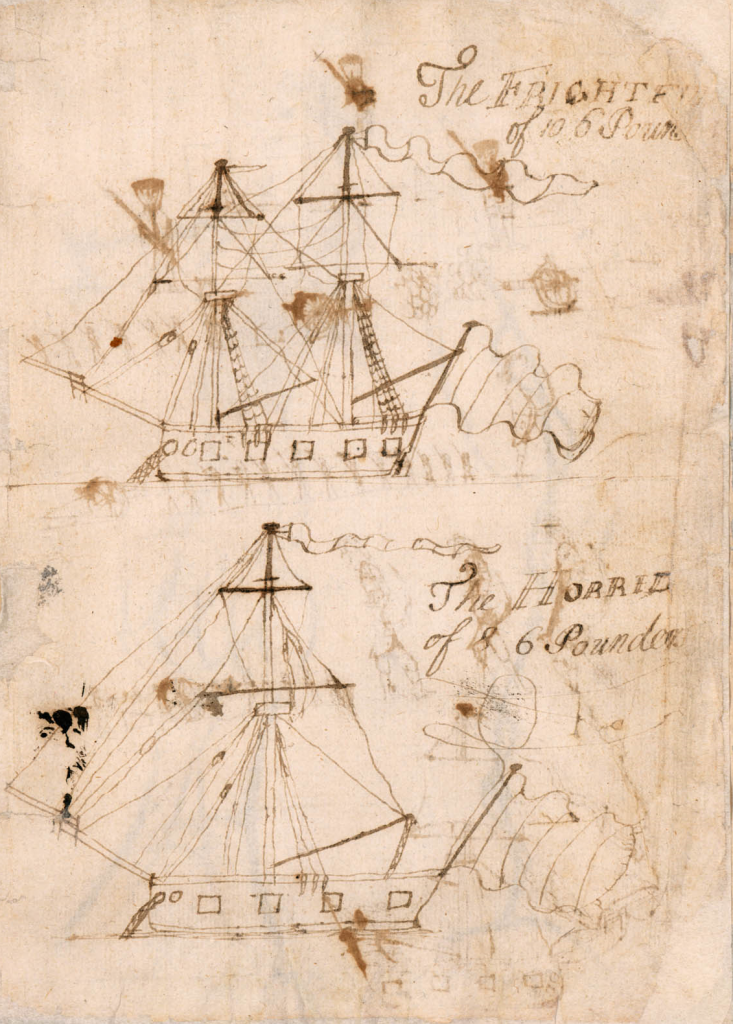
With revised transcriptions, the more than 1,500 pages in this section of the diary chronicle John Quincy Adams’s travels in Europe, as he accompanied his father, John Adams, on a diplomatic mission in 1779 and subsequently attended schools in the Netherlands and France. It also records his travels to St. Petersburg as secretary and interpreter during Francis Dana’s mission to Russia. With John Quincy’s return to the United States in 1785, the diary provides insights into Adams’s preparation for and studies at Harvard College and his legal training in Newburyport.
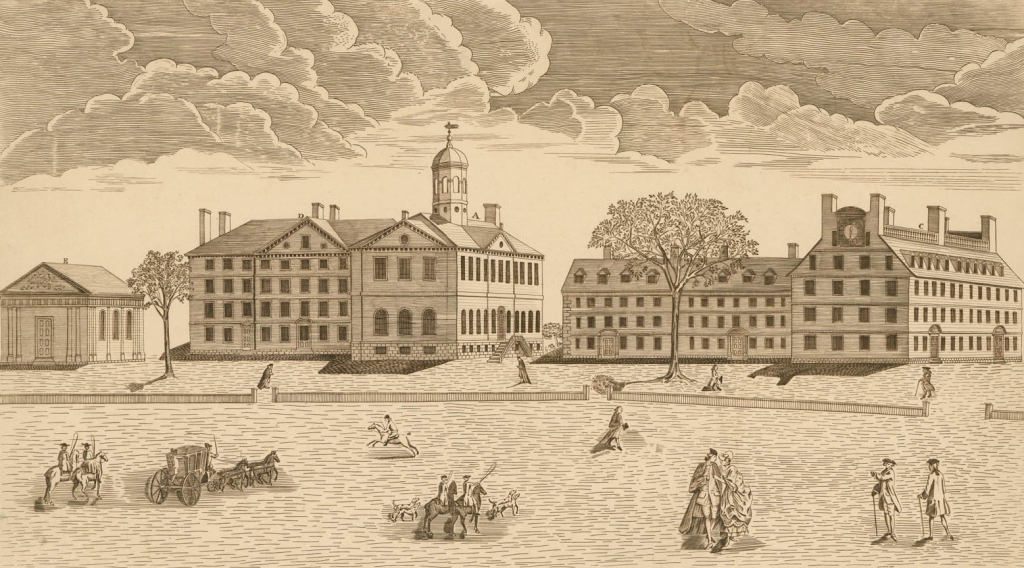
Thanks to the efforts of many staff members, interns, and volunteers who contributed to the project since its inception in 2016, the full corpus of John Quincy Adams’s diary is now freely accessible and searchable online. Supplemental content will continue to be added via the Digital Diary and the Adams resources portion of the MHS website. This includes a timeline of Adams’s life and visualizations of the diary data via the Cooperative’s partnership with the Digital Scholarship Group at Northeastern University.
Come check it out and let us know what you think! Truly, we’d love to hear from you at adamspapers@masshist.org.
The Adams Papers editorial project at the Massachusetts Historical Society gratefully acknowledges the support of our sponsors. The Amelia Peabody Charitable Fund provided major funding for the John Quincy Adams Digital Diary, along with generous contributions by Harvard University Press and a number of private donors. The Mellon Foundation in partnership with the National Historical Publications and Records Commission also supports the project through funding for the Society’s digital publishing collaborative, the Primary Source Cooperative.


